Southwest Airlines bids farewell to its last Boeing 737-700 with the Canyon Blue livery. This event marks a significant transition as the airline phases out older aircraft.
On October 9, 2024, Southwest retired the final Boeing 737-700, registered as N786SW. The airline relocated it to Birmingham-Shuttlesworth Airport in Alabama. Its last flight took place on October 10, 2024. This flight left Atlanta’s Hartsfield-Jackson International Airport and landed at Birmingham Airport after about 30 minutes.
Over the years, Southwest Airlines’ livery evolved into one of the most recognizable in the U.S. In 1996, the airline launched the Desert Gold livery, featuring gold, red, and orange hues. However, in 2001, Southwest made a significant branding shift, adopting Canyon Blue. This bold decision helped Southwest Airlines stand out from competitors and likely involved considerable costs.
In 2014, the airline introduced its current Heart livery. This update celebrated a decade of transformation and featured blue, red, and yellow colors that formed Southwest’s heart symbol.
Currently, the Boeing 737-700 fleet makes up the largest segment of Southwest Airlines’ overall fleet. The airline operates 366 Boeing 737-700s. However, with new orders for the Boeing 737 MAX 8 and MAX 7, Southwest has started to phase out older models.
This transition has progressed more slowly than expected due to delays in certifying the Boeing 737 MAX 7. Southwest Airlines has 286 orders for the MAX 7 models. The airline also operates 242 Boeing 737 MAX 8s and 205 Boeing 737-800s. It has ordered 189 MAX 8s to replace the older 737-800s.
Lastly, don’t forget to check WentWorld.com and follow our social media channels for ultimate travel tips and destination guides.
Related stories:
Catch up on the top stories and travel deals by subscribing to our newsletter!




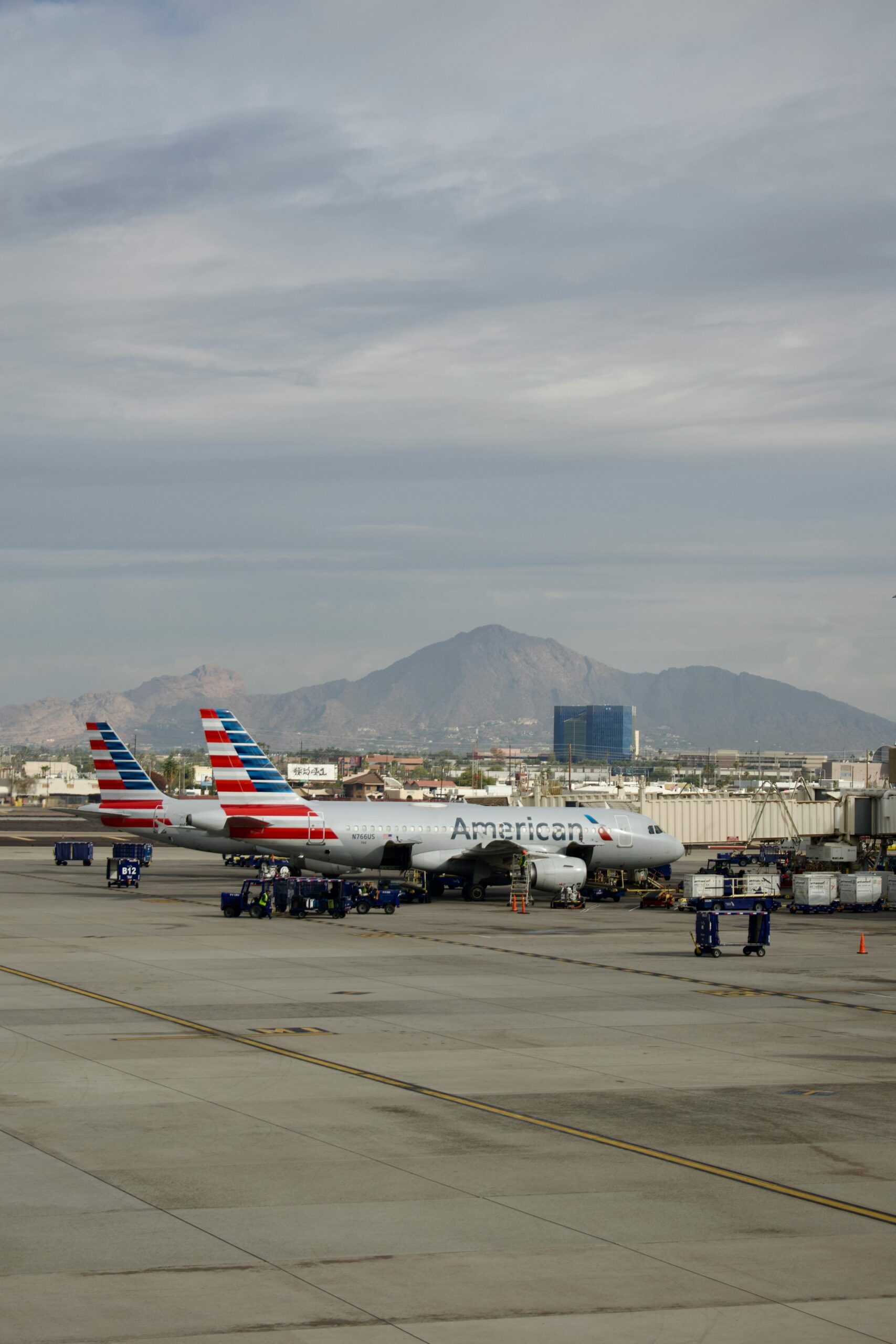
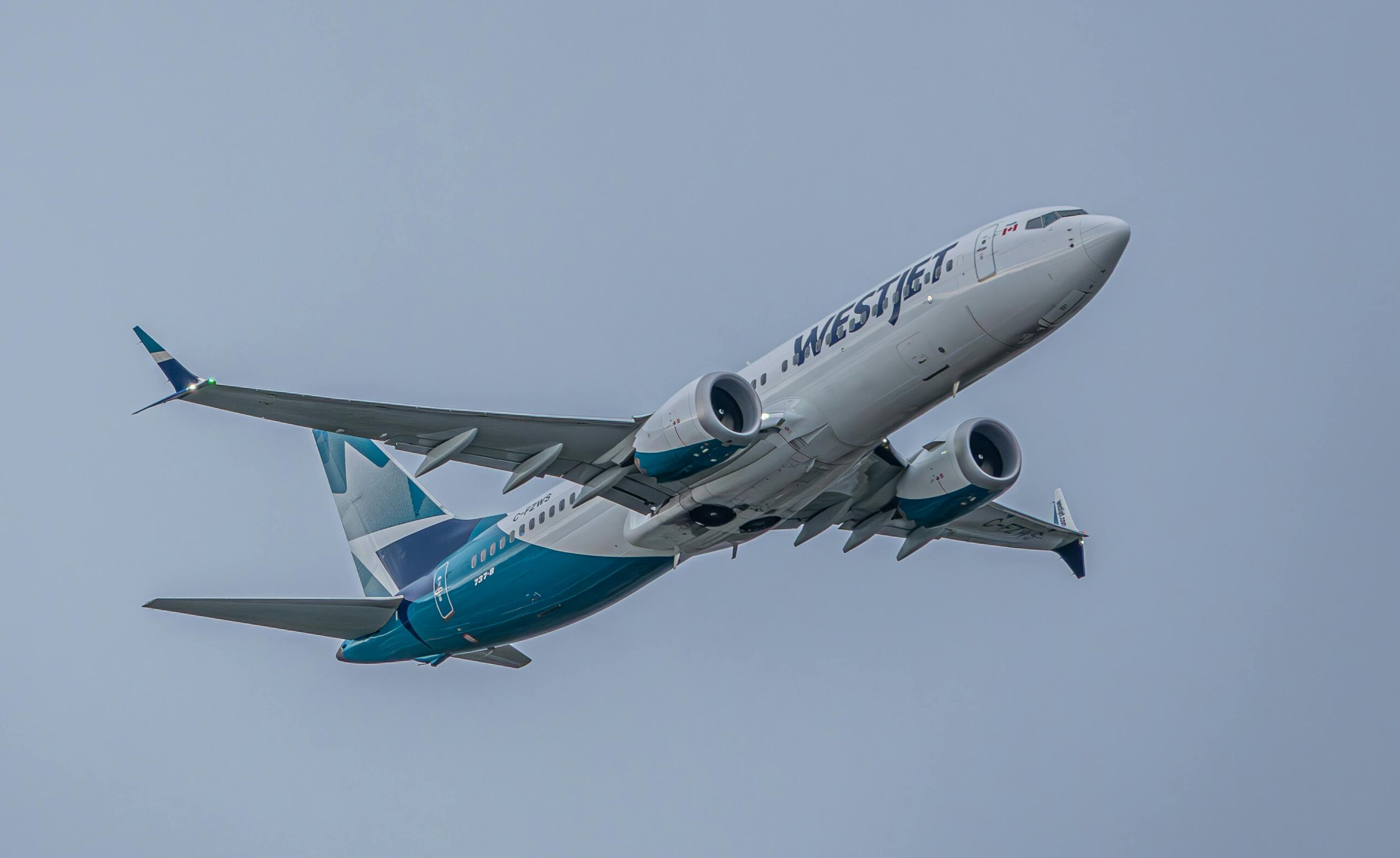
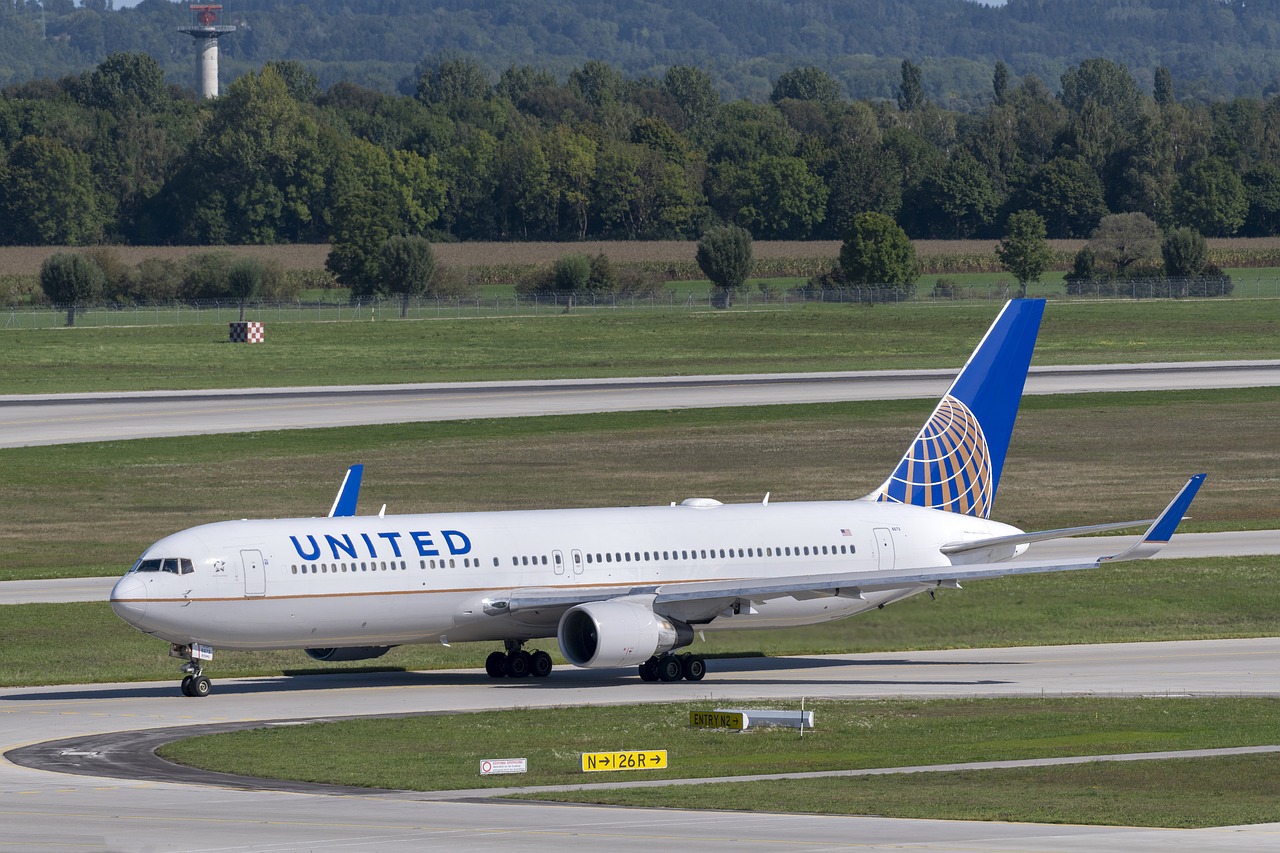
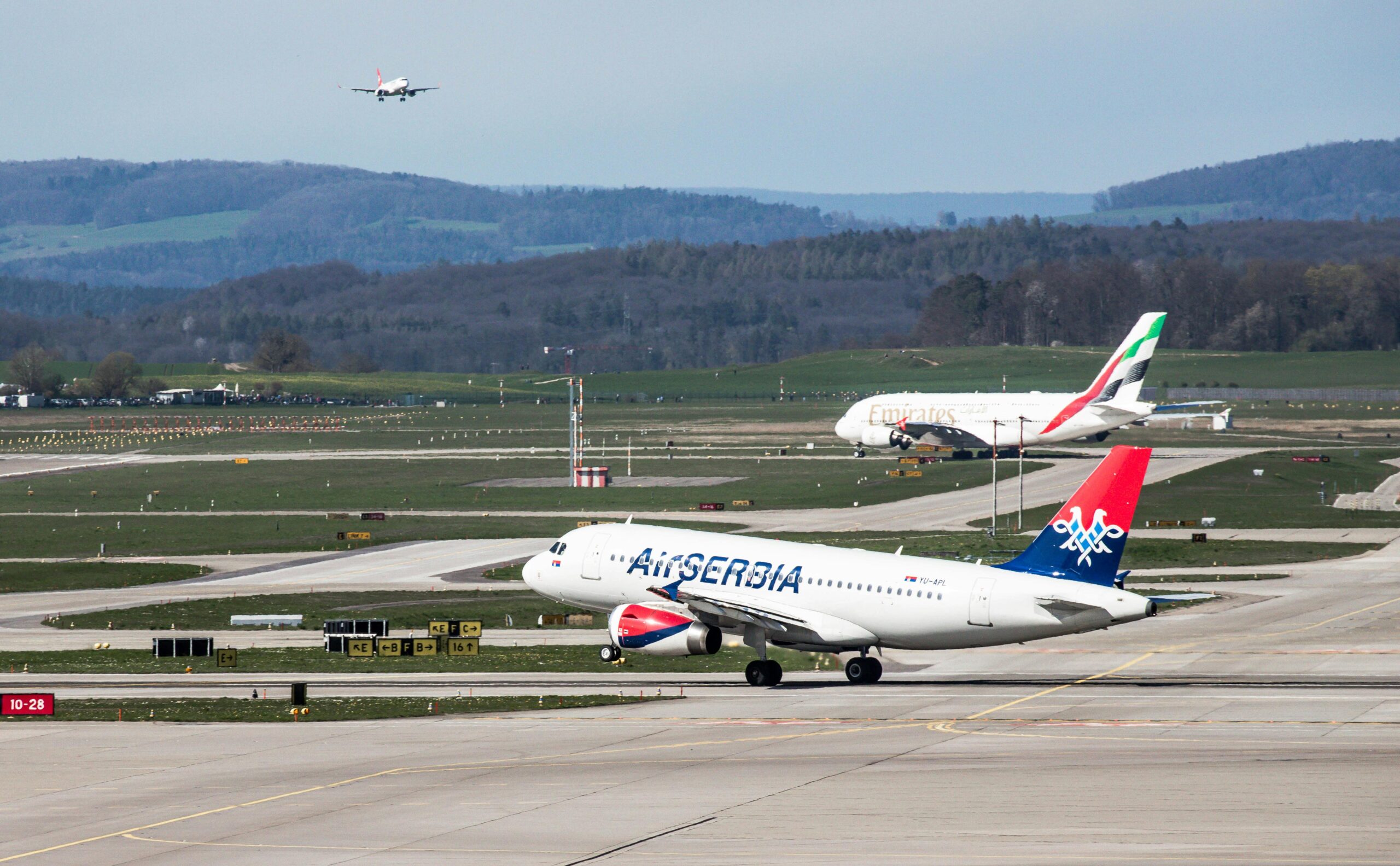

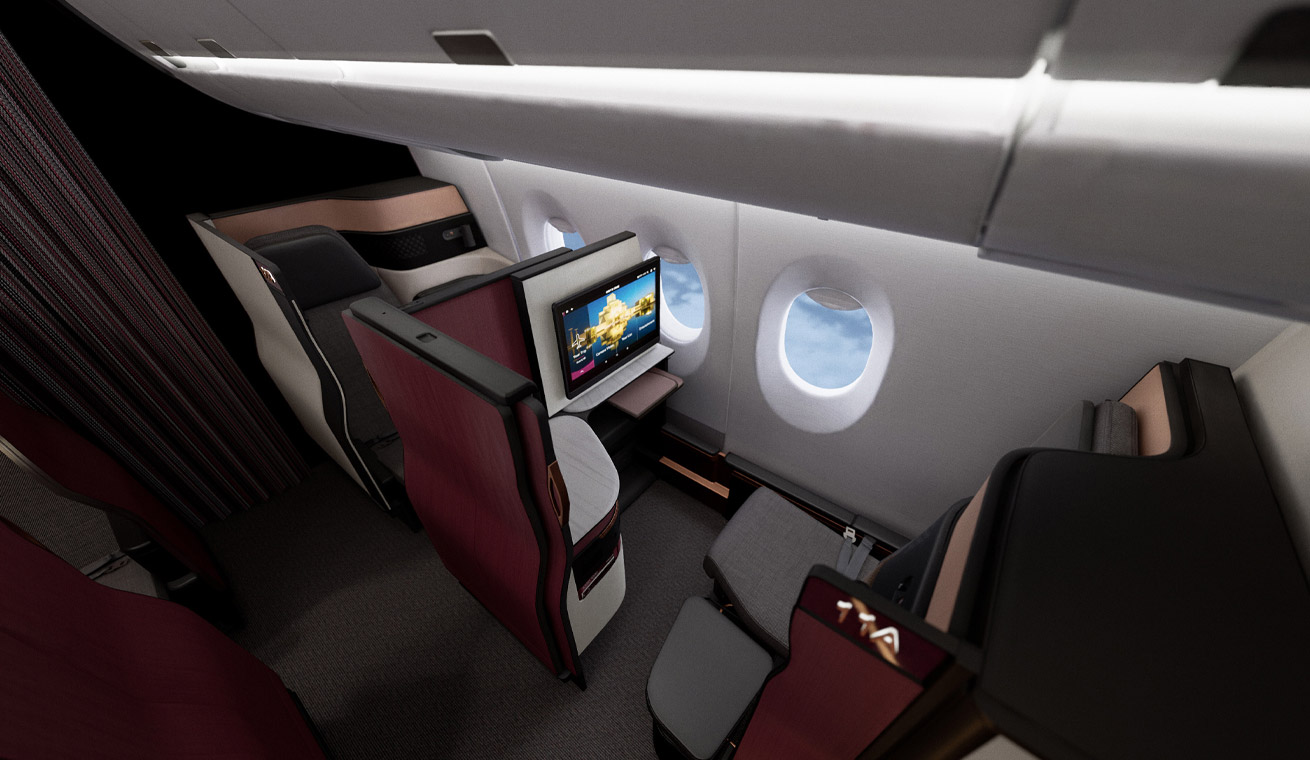
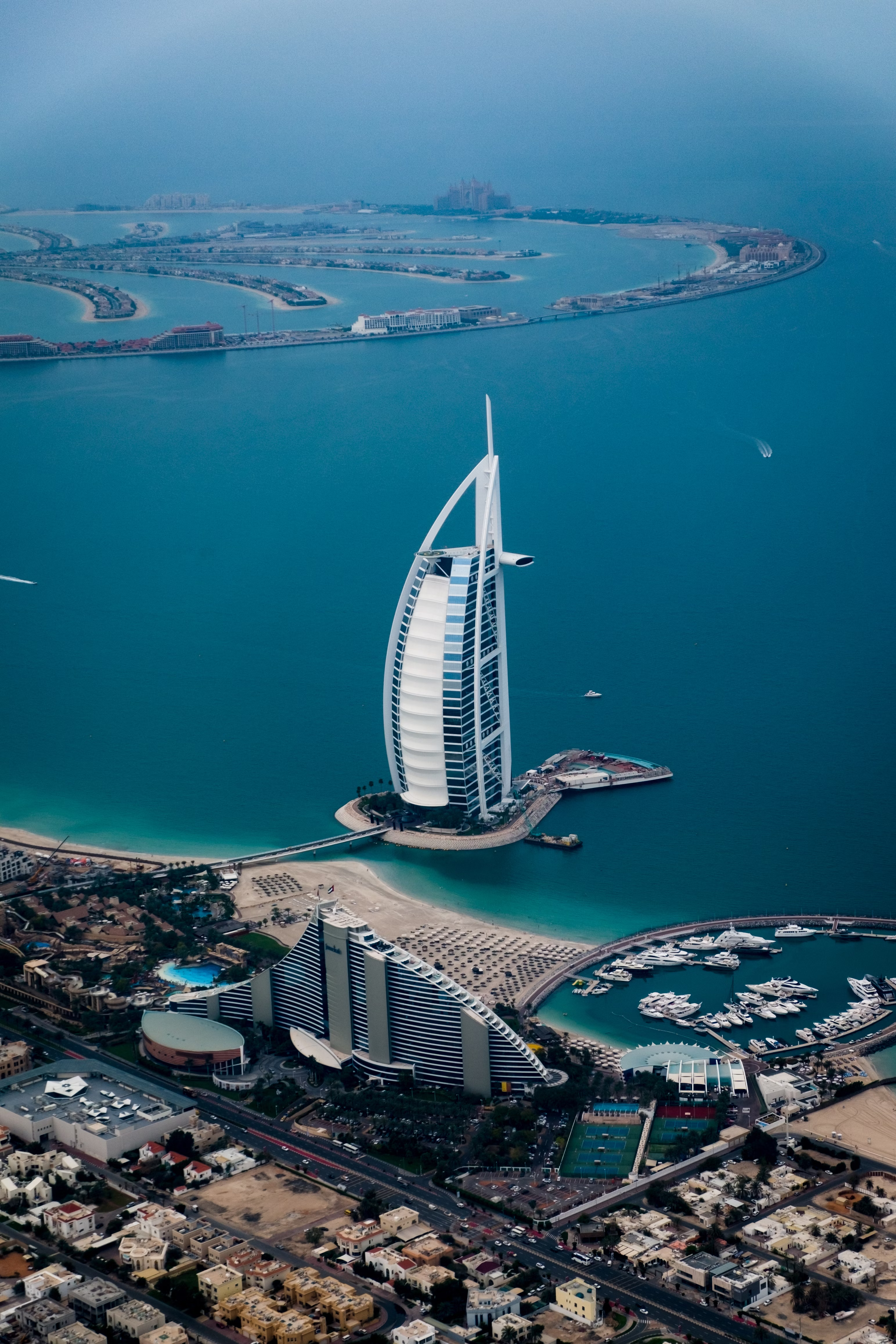

Leave a Reply